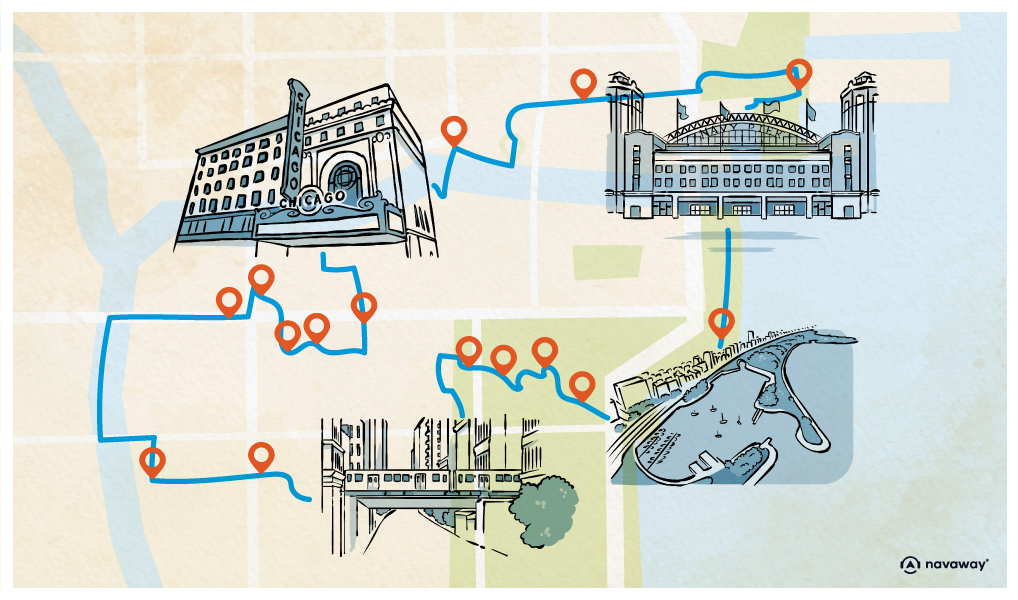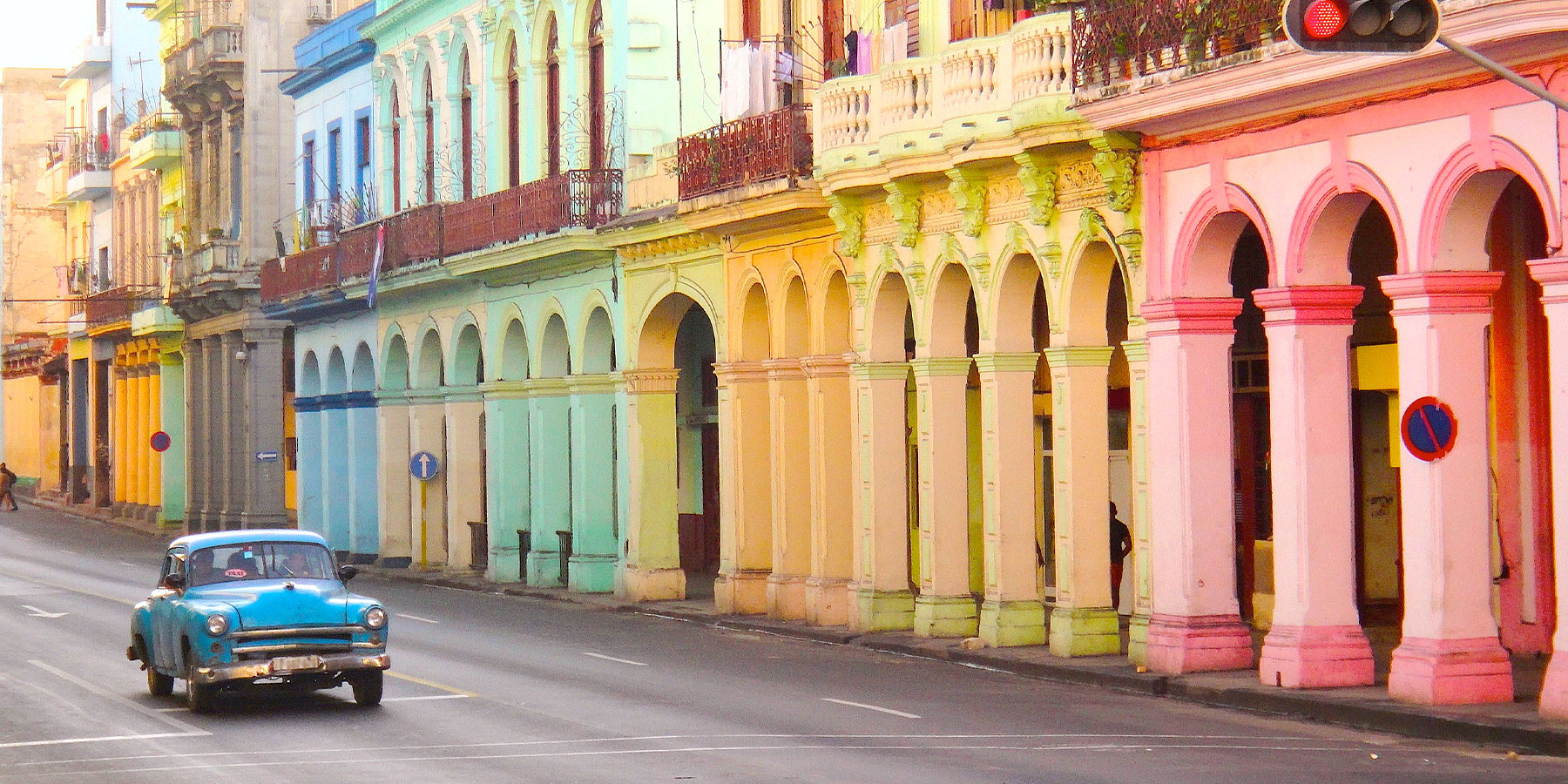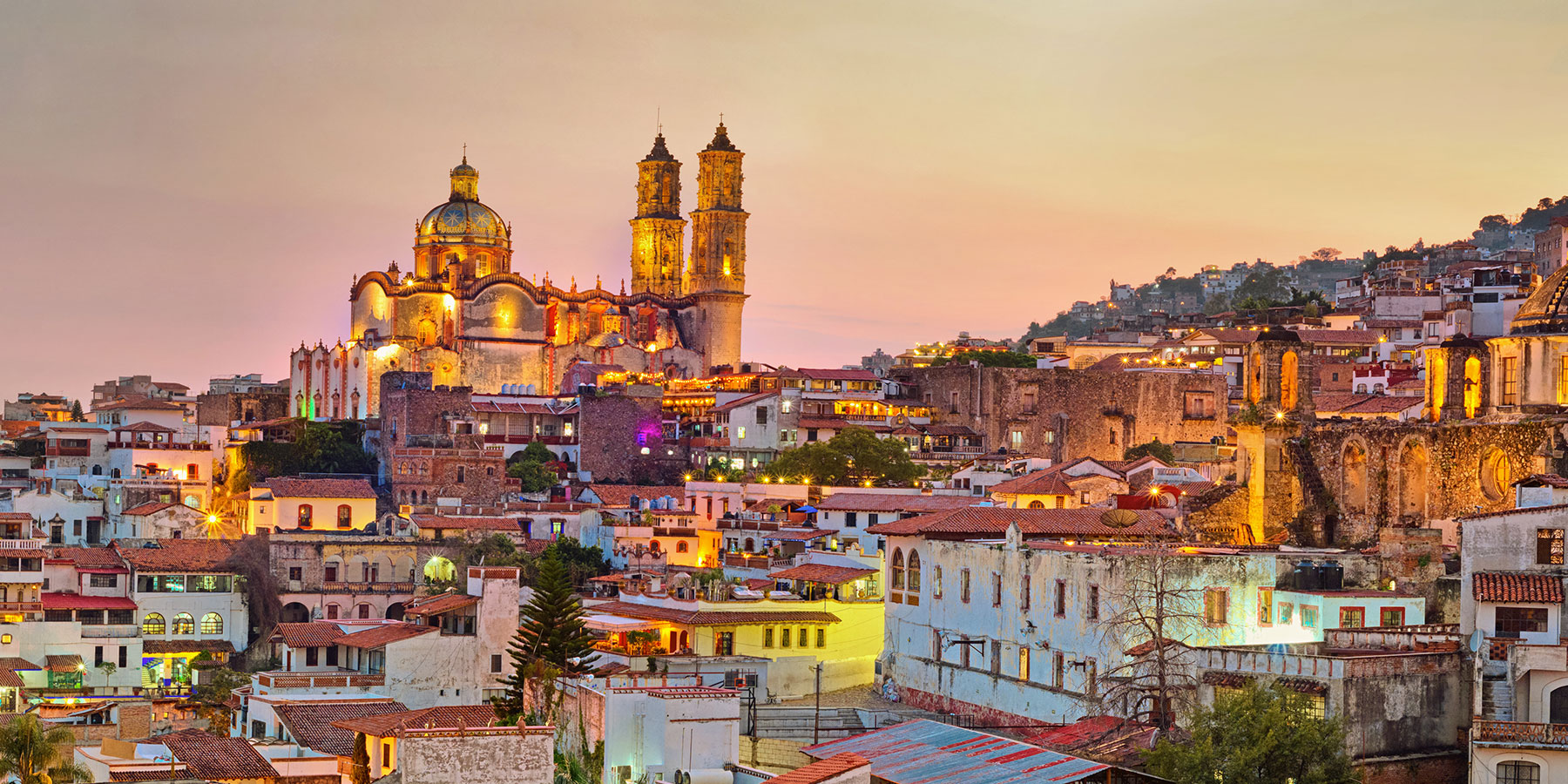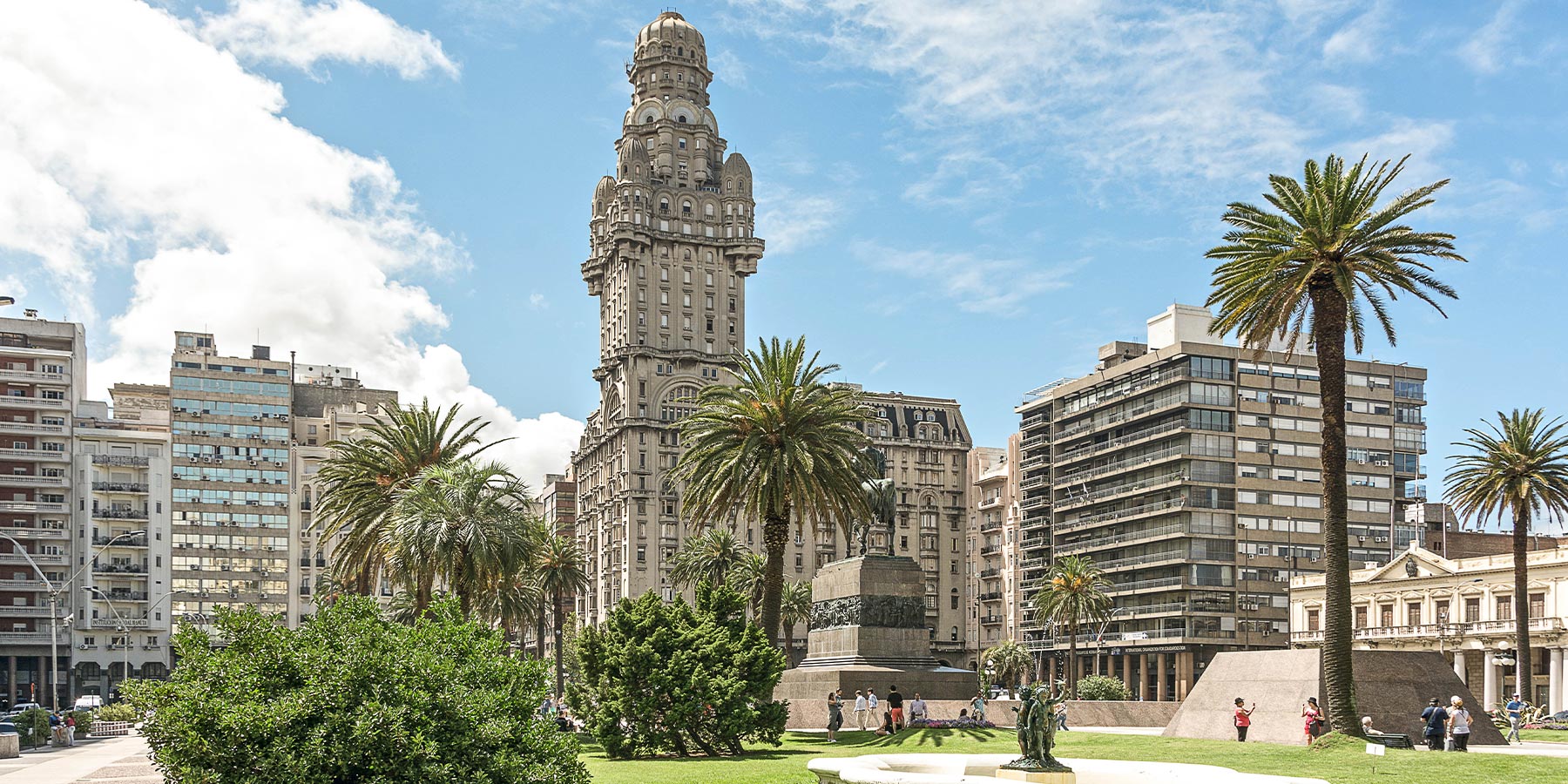
Chicago’s fire

This point of interest is available as audio on the tour: Visit Chicago, Windy City a Michigan Beauty
Allow me to take advantage of the fact we’re passing a major fire station to explain the reason why Chicago seems so brand new. The remarkable and renowned architecture that Chicago can now boast about is actually owed to its most tragic event, the infamous Great Chicago Fire. From October 8 to 10th, 1851, a great fire swept through the city of Chicago. 300 people died, thousands were injured and several neighborhoods were completely destroyed. The situation was dire. Some 17,500 buildings were destroyed and 100,000 people left homeless. With a population of almost 324,000 at the time, that’s pretty much a third of the population who lost everything. Eventhough it is one of the greatest disasters of the 19th century in the United States, it enabled Chicago to develop economically, architecturally and urbanistically, as well as to become one of the most modern cities in Northern America. The city received funding from both international and national aid, and the world’s best architects rushed to its aid. The Chicago government improved building codes, and the city became a veritable architectural laboratory. As the city’s downtown is naturally bordered by a river and Lake Michigan, space is tight, so expansion had to go upwards. That’s why Chicago’s buildings seem so imposing and beautiful. But let’s get back to this terrible accident, because the theories of how the fire started are worth a story in themselves. The best-known theory is that of a cow. Yes, that’s right, it was a cow that caused the disaster of the century! Catherine and Patrick O’Leary’s cow, to be precise, which knocked over a kerosene lamp and set the barn at 137 DeKoven Street ablaze at around 9pm on October 8th. The flames are barely extinguished, when the story is already picked up by the Chicago Post, soon followed by the New York Times, and echoed by all major American newspapers. Mrs. O’Leary, the perfect scapegoat, is an Irish immigrant woman of Catholic faith. It is said that she may have started the fire in retaliation for being cut off from the city welfare assistance. It would take about twenty years for Catherine O’Leary’s name to be cleared, and for journalist Michael Ahern to admit he made it all up after finding a knocked over kerosene lamp in the O’Leary farm ruins. He thought he could create a stir, and it didn’t fail! One thing is certain, : even if a fire could have started from that lamp, it could never have had the impact the Chicago fire did. Nevertheless, it would take another century for public opinion to accept the cow story just a myth! But then; what really happened? Another theory, mentionned in 1882 and revisited in 2004 by the American Aeronautics Institute, is that of a meteor shower. The date in question matches with the explosion of the Biela comet. The meteors might be responsible for 4 outbreaks of fire on the same day. Indeed, other towns around the lake burned on those same days, and numerous forest fires were reported. However this remains a theory, and it is disputed by many. In any case, if the fire was eventually brought under control, it was thanks to Lake Michigan and an unexpected rainfall that came to the aid of the firefighters. Similar tragedies have been experienced by other major American cities , including New York, which suffered 7 fires, including 2 major ones, as well as Boston and San Francisco. The Chicago Fire has become a part of popular collective memory often playing a major role in literature, song and film.


Discover Chicago with app
An interactive guide through the most beautiful streets, squares, and districts
25 fun audioguides full of historical facts, anecdotes, and legends





Comments